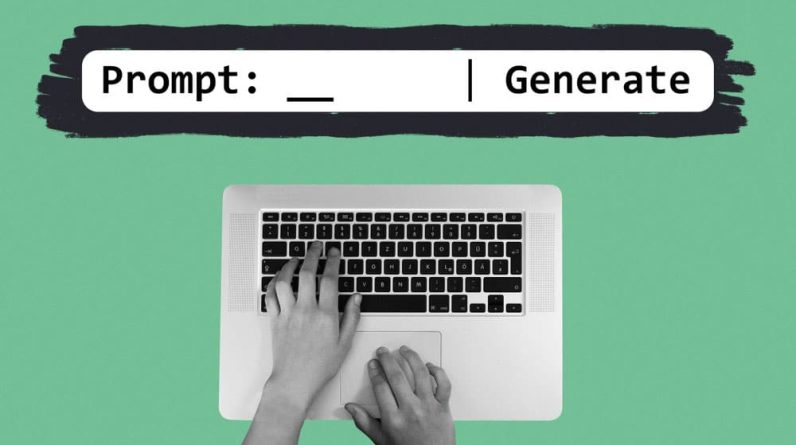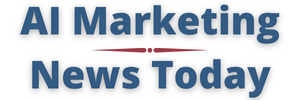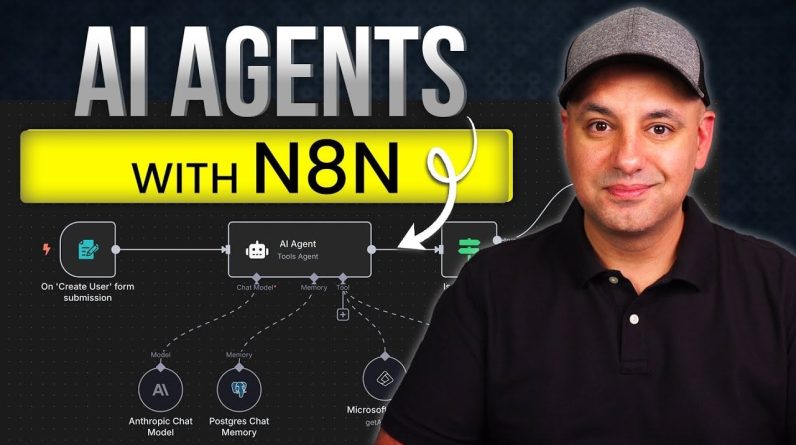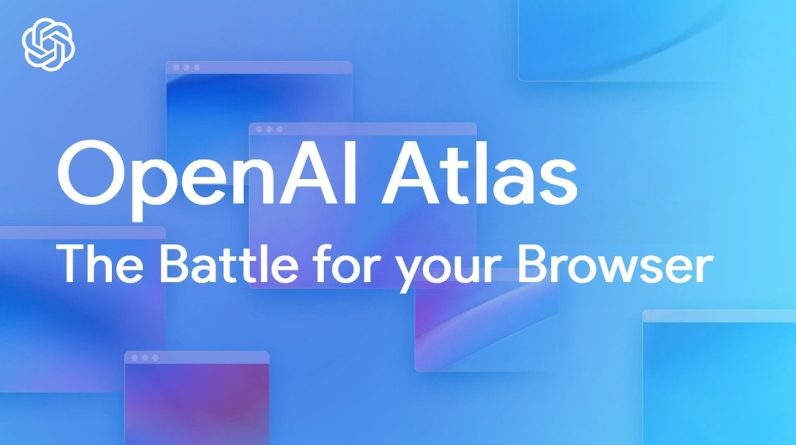
The rapid advancement of generative AI (Gen AI) presents both a tremendous opportunity and a significant challenge for organizations. To fully capitalize on this transformative technology, leaders must prioritize continuous learning and development, ensuring their workforce possesses the skills and knowledge necessary to thrive during workplace transitions.
By doing so, leaders will empower employees to embrace innovation and drive organizational success.
The Foundation: Gen AI Demands a Growth Mindset
At the heart of any successful continuous learning initiative lies a growth mindset. This belief that abilities and intelligence can be developed through dedication and hard work is essential for employees to embrace the challenges inherent in mastering new technologies like Gen AI, as a McKinsey report shows.
Leaders can cultivate this mindset by providing ample opportunities for ongoing education and development. This includes:
- Targeted Training Programs: Offering access to advanced Gen AI courses, specialized workshops, and professional certifications focusing on the latest tools and techniques.
- External Exposure: Sponsoring attendance at industry conferences and seminars to expose employees to cutting-edge developments and best practices for improving effectiveness and efficiency while ensuring ethical Gen AI deployment and managing risks.
- Recognition and Rewards: Recognizing and rewarding learning achievements to sustain engagement and motivation. When employees feel valued for their efforts to expand their knowledge, they are more likely to continue investing in their own development.
Integrating Learning into the Workflow
Making continuous learning a seamless part of daily work routines is crucial. This ensures that learning is not viewed as a separate activity but rather as an ongoing process embedded in employees’ everyday tasks. Strategies for integration include:
- Embedded Resources: Integrating learning resources, such as Gen AI tutorials, videos, and knowledge bases, directly into the tools and platforms employees use regularly, such as the company intranet or project management software.
- Dedicated Learning Time: Scheduling regular “learning sprints” or “innovation hours” to allocate specific times for upskilling or experimenting with new tools, without the pressure of usual responsibilities.
Practical Application and Experimentation to Meet Gen AI Demands
Encouraging employees to immediately apply new knowledge in their work is vital for reinforcing learning and demonstrating its practical benefits. When employees use newly acquired skills in real-world scenarios, they are more likely to retain that knowledge and gain confidence. This can be achieved by:
- Real-World Projects: Tasking employees with applying newly learned Gen AI techniques to current projects after completing relevant training. This immediate application solidifies understanding and showcases the tangible benefits of continuous learning.
- Fostering Experimentation: Creating an environment that supports experimentation and innovation. Allowing employees the freedom to explore new ideas and test out the latest Gen AI tools can lead to breakthrough innovations.
- Safe Testing Grounds: Providing access to sandbox environments or pilot projects where employees can safely experiment with new Gen AI tools before deploying them on a larger scale. This minimizes risk and encourages exploration.
Case Study: Transforming a Mid-Size Manufacturing Company with Gen AI
As a consultant specializing in organizational learning and development around the future of work, I recently worked with a mid-sized manufacturing company of about 250 staff looking to integrate Gen AI into their operations. The firm faced challenges in upskilling their workforce to effectively utilize these new technologies. Over a six-month deployment period, we implemented the following strategies:
- Growth Mindset Training (Months 1-2): We conducted four two-day workshops (averaging 20 participants per workshop) emphasizing the growth mindset and its importance for embracing Gen AI. Pre- and post-workshop surveys revealed a 35% increase in employees’ self-reported confidence in learning new technical skills. This helped employees overcome initial anxieties and approach Gen AI with a more positive and receptive attitude.
- Embedded Learning Platform (Month 2 onwards): We integrated Gen AI tutorials, short videos (averaging 5 minutes each), interactive quizzes, and a searchable knowledge base directly into their existing project management software (used by 100% of production staff). Usage metrics over the six months showed an average of 12 learning module completions per employee per month, with peak usage immediately following training sessions and prior to project implementations.
- Pilot Project Implementation (Months 3-6): We launched a pilot project with a team of 15 maintenance technicians applying Gen AI-driven predictive maintenance techniques to their CNC machining centers. This provided a practical application of their new skills. Over the pilot period, we observed a 15% reduction in unplanned downtime on the targeted machinery, translating to an estimated cost savings of $75,000 in lost production time and repairs. The accuracy of predictive maintenance alerts increased from 60% (using previous methods) to 92% with the Gen AI system, reducing false alarms and wasted technician time.
- Innovation Hour Initiative (Months 3-6): We implemented weekly “Innovation Hours” (one hour per week, participation optional) where employees could explore new Gen AI tools and experiment with different applications. Average weekly attendance was 30 employees. Over the six months, these sessions generated 12 distinct process improvement ideas, three of which were selected for further development and implementation. One implemented idea, using Gen AI for optimized material cutting layouts, resulted in a 5% reduction in raw material waste, equating to approximately $20,000 in material cost savings over three months of implementation.
Due to these interventions, the company saw not only a significant increase in employee engagement with Gen AI and a more proactive approach to leveraging it for business advantage, but also realized substantial cost savings and efficiency gains within a relatively short timeframe. This case study demonstrates the powerful impact of a structured, multi-faceted approach to upskilling and integrating Gen AI within a manufacturing environment.
Conclusion
Cultivating a continuous learning culture focused on Gen AI is not merely a trend but a necessity for organizations seeking to thrive in the age of AI. By fostering a growth mindset, integrating learning into the workflow, encouraging practical application and experimentation, and providing safe testing grounds, leaders can empower their workforce to embrace Gen AI and drive innovation. As the case study demonstrates, these strategies can lead to tangible results, transforming organizations into agile and adaptable entities ready to harness the full potential of this transformative technology. By investing in continuous learning, organizations are not just investing in their employees; they are investing in their future.
Dr. Gleb Tsipursky, called the “Office Whisperer” by The New York Times, helps tech-forward leaders replace overpriced vendors with staff-built AI solutions. He serves as the CEO of the future-of-work consultancy Disaster Avoidance Experts. Dr. Gleb wrote seven best-selling books, and his forthcoming book with Georgetown University Press is The Psychology of Generative AI Adoption (2026). His most recent best-seller is ChatGPT for Leaders and Content Creators: Unlocking the Potential of Generative AI (Intentional Insights, 2023). His cutting-edge thought leadership was featured in over 650 articles and 550 interviews in Harvard Business Review, Inc. Magazine, USA Today, CBS News, Fox News, Time, Business Insider, Fortune, The New York Times, and elsewhere. His writing was translated into Chinese, Spanish, Russian, Polish, Korean, French, Vietnamese, German, and other languages. His expertise comes from over 20 years of consulting, coaching, and speaking and training for Fortune 500 companies from Aflac to Xerox. It also comes from over 15 years in academia as a behavioral scientist, with 8 years as a lecturer at UNC-Chapel Hill and 7 years as a professor at Ohio State. A proud Ukrainian American, Dr. Gleb lives in Columbus, Ohio.








